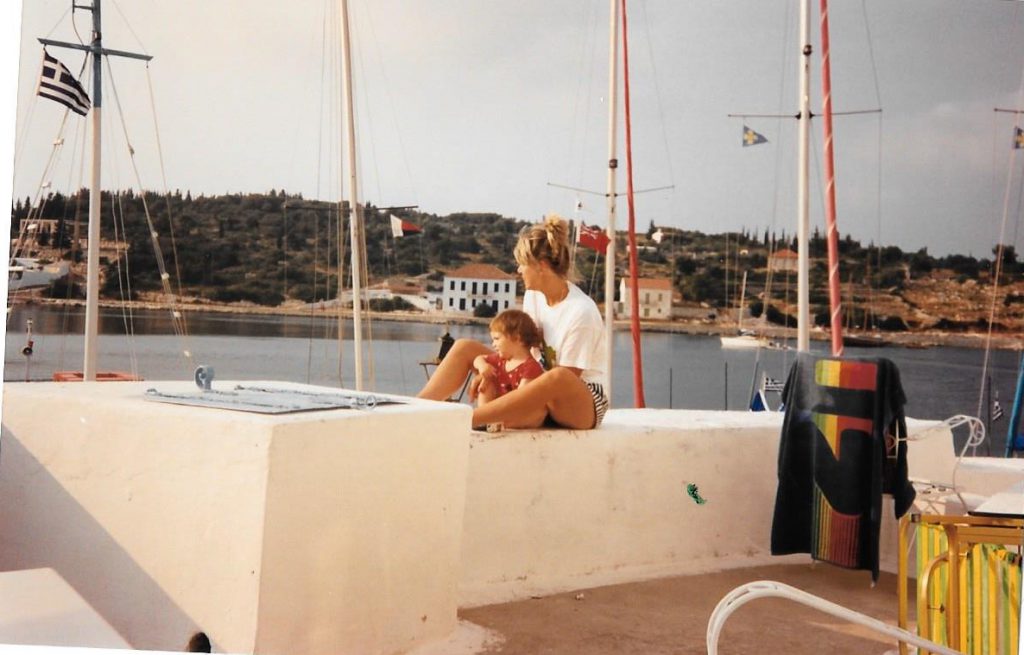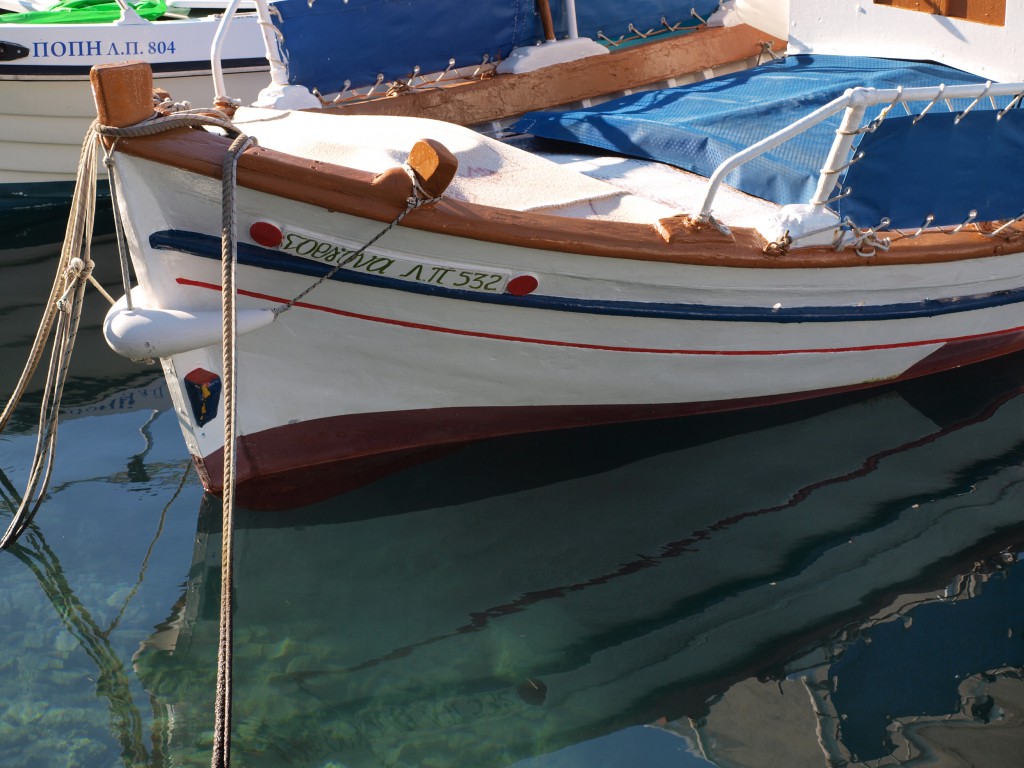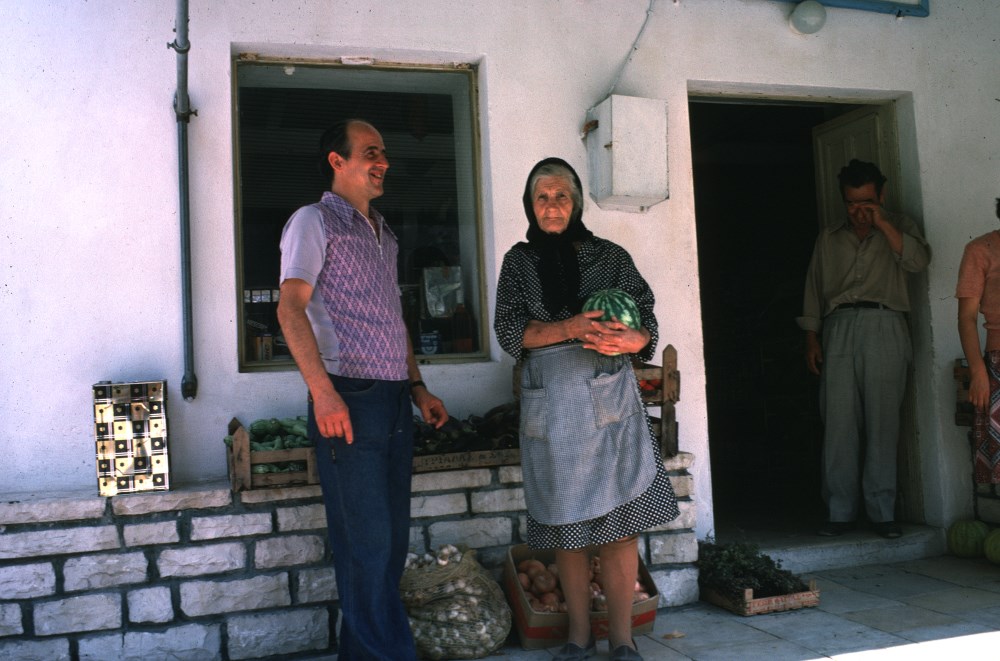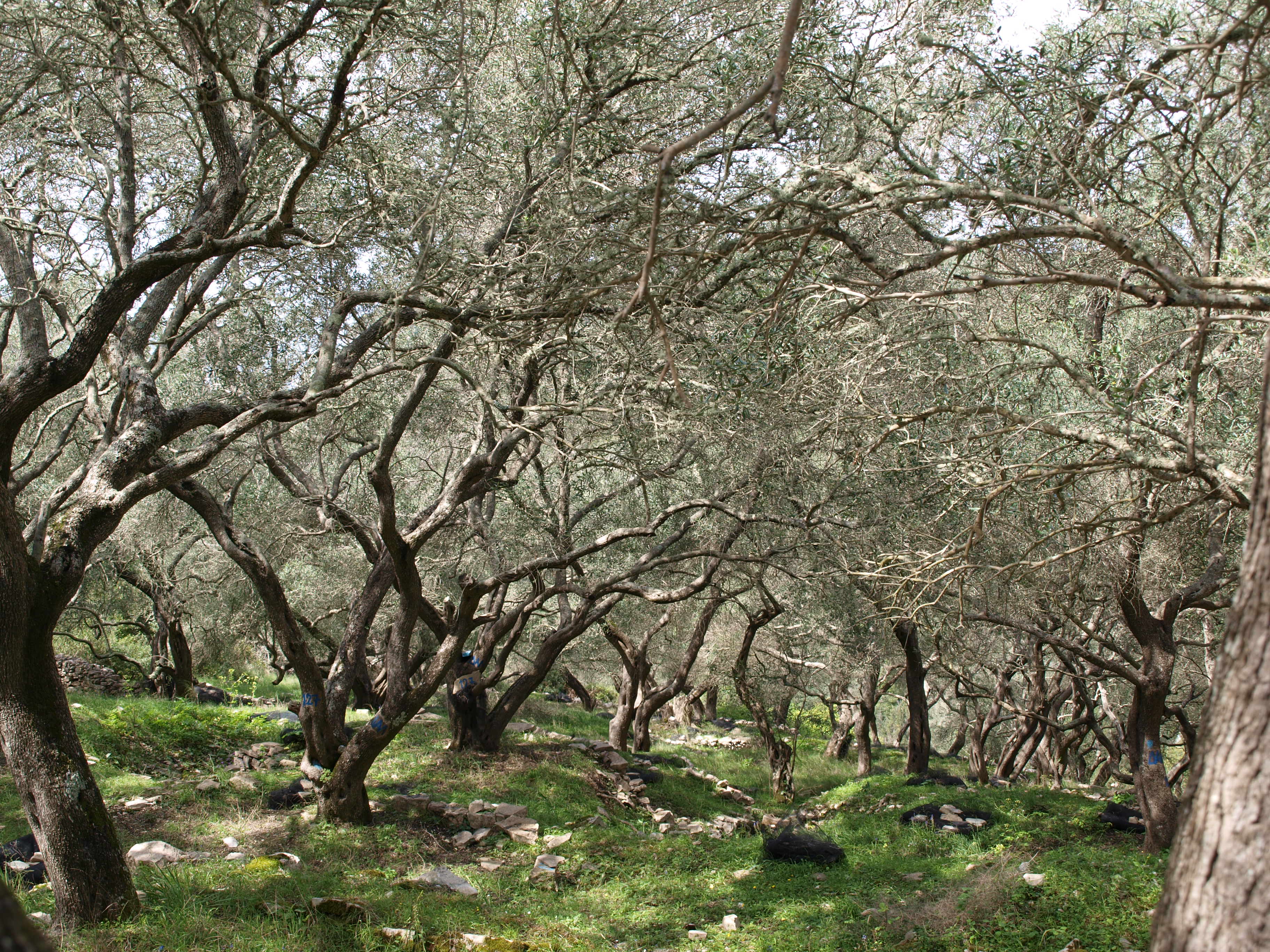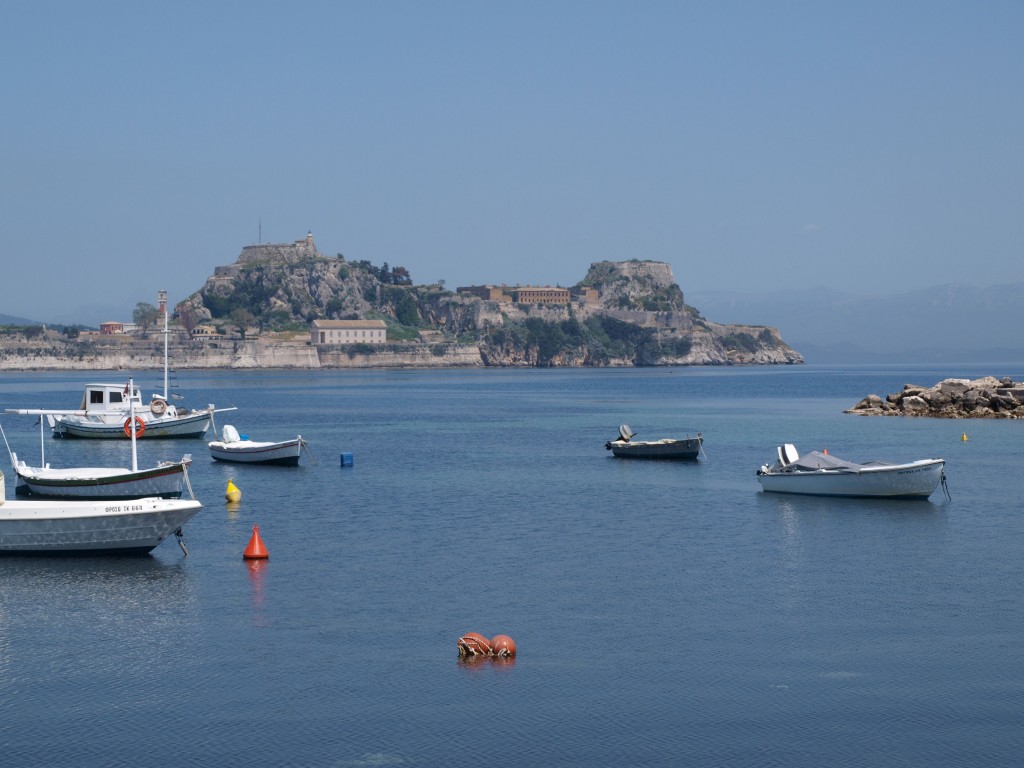After the Trojan War it took Odysseus 10 eventful years to return to his Ithaca home. Reaching the end of his journey, Odysseus was taken from Kefalonia to Ithaca in a Phaeacian longboat. Seeing the Phaeacians returning to Kefalonia, Poseidon raised his trident and turned the boat and oarsmen to stone. Tzika House and the…
Category: Island Life
Carnival Season
Carnival season in Greece (“Apokries”) starts 3 weeks before Easter. Fancy dress processions through the streets, dancing groups and music bands. Bystanders throw confetti, streamers and sometimes firecrackers. Vathy Carnival Procession Clean Monday (“Katheri Leftera”) marks the beginning of Lent when meat, dairy and eggs are avoided by those who observe it. If the sun…
Winter Weather on Ithaca
This Blog was written by our Ionian Villas manager on Ithaca, Sue White. Sue lived on Kefalonia for 18 years and has now been living on Ithaca for 5 years. Sue is a taxi driver on Ithaca – one of twelve drivers. Sue looks after our clients and is able to give a valuable, personal insight into…
Fiscardo Before the Sun Umbrella Invasion
Fiscardo is undoubtedly one of the most colourful and prettiest ports in the Ionian. In 1953 an earthquake destroyed all Kefalonia buildings except those in Fiscardo and a few outlying villages. In my early Greek Islands Club days we took on a small programme of village houses for those visitors wanting to spend lazy days…
Greece to Continue to rely on Tourism In or Out of the EU
Whether Greece stays in the Euro and/or the European Community or not, she will continue to depend on tourism as one of her most important income opportunities. Thousands of visitors each year to the smaller Greek islands have a serious impact on local infrastructures. Over time these islands will inevitably lose part of their culture, traditions,…
The New Loggos Bakery
This photo of Paxos was taken in the mid 1970’s (I think) – you will notice: Loukas’ new bakery shop being completed. The bread oven is still behind the village church. Next door is the Dipli Akti cafenion – now the Roxy Bar. In those days all the waterfront tables and chairs wobbled on uneven…
Paxos in the 1970’s
Photo – Tzekos Supermarket 1970’s My father first came to the little island of Paxos in the early 1960’s – sailing around the Ionian islands with my mother and two friends. They only spent a few days on the island but my father was taken with the friendliness of the islanders, the simple lifestyle (no…
Olive Pruning on the Ionian Islands
Have you ever wondered why some olive trees are regularly pruned whilst others are not. There appears to be a different culture of olive cultivation from island to island, region to region and country to country. Does the pruning affect the quality of oil? Stanley Stewart wrote in Times Live the following piece about Paxos…
A taste of the Ionian islands
I was once managing director of Greek Islands Club. When we had offices in Old Isleworth it meant a 2 hour drive from home in West Sussex and then a 2 hour drive back home. The M25 was my companion and pacemaker. I now look after Ionian Villas from our home in a little Dorset…
Life’s a Greek Beach
Photo – Villa Arenia on Meganissi Most people’s prerequisites for a relaxing Greek island holiday will include being close to a beach. Fortunately there are ancient laws within Greece to restrict building close to the sea and “private” beaches do not exist. It is not easy therefore to find an island retreat above the sea,…


